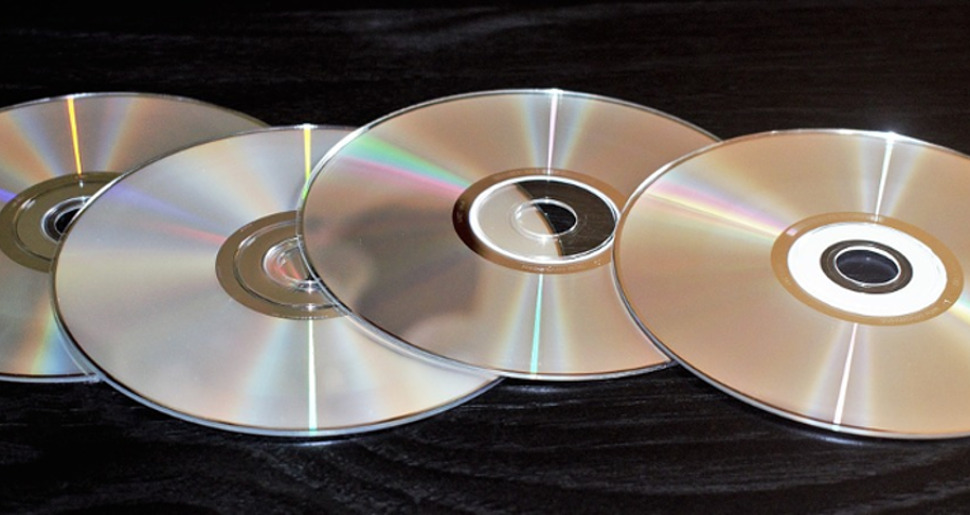Researchers working on material that could yield 700TB optical discs
New nanocomposite material can store incredible amounts of data

Researchers have managed to pack a quantity of data equivalent to 28,000 25GB Blu-Rays inside a theoretical 12-cm optical disk, to reach an estimated 700TB capacity.
The academics, from the University of Shanghai for Science and Technology (USST), RMIT University and the National University of Singapore (NUS), worked jointly to demonstrate a mechanism that improves the data density of optical media.
Their research is part of ongoing efforts to find efficient means of storing data, while reducing the carbon footprint of data centers by ending their dependence on magnetic disks with a limited life-span.
- Here's the best cloud storage services currently available
- These are the best portable SSD offerings around
- And here's our pick of the best cloud backup solutions
Optical disk-driven data centers
In an article published in the Science Advances journal, the researchers argue that, while laser-enabled optical data storage offers the best option to meet the growing data demands, the differactive nature of light has limited the size of the information bits that can be recorded, in turn limiting the storage capacity of the optical disks.
Instead, they use a new nanocomposite material, which combines graphene oxide flakes with upconverted nanoparticles (UCNPs) to achieve an unprecedented data density.
The researchers also note that the technology uses inexpensive continuous-wave lasers, which will further help reduce the operating costs as compared to traditional optical writing techniques that rely on expensive and bulky pulsed lasers.
“While advances are needed to optimize the technology, the results open new avenues to address the global challenge of data storage. The technology is suited to the mass production of optical disks, so that the potential is enormous,” the researchers claim.
Sign up to the TechRadar Pro newsletter to get all the top news, opinion, features and guidance your business needs to succeed!
- Here are the best NAS hard drives around today
With almost two decades of writing and reporting on Linux, Mayank Sharma would like everyone to think he’s TechRadar Pro’s expert on the topic. Of course, he’s just as interested in other computing topics, particularly cybersecurity, cloud, containers, and coding.
